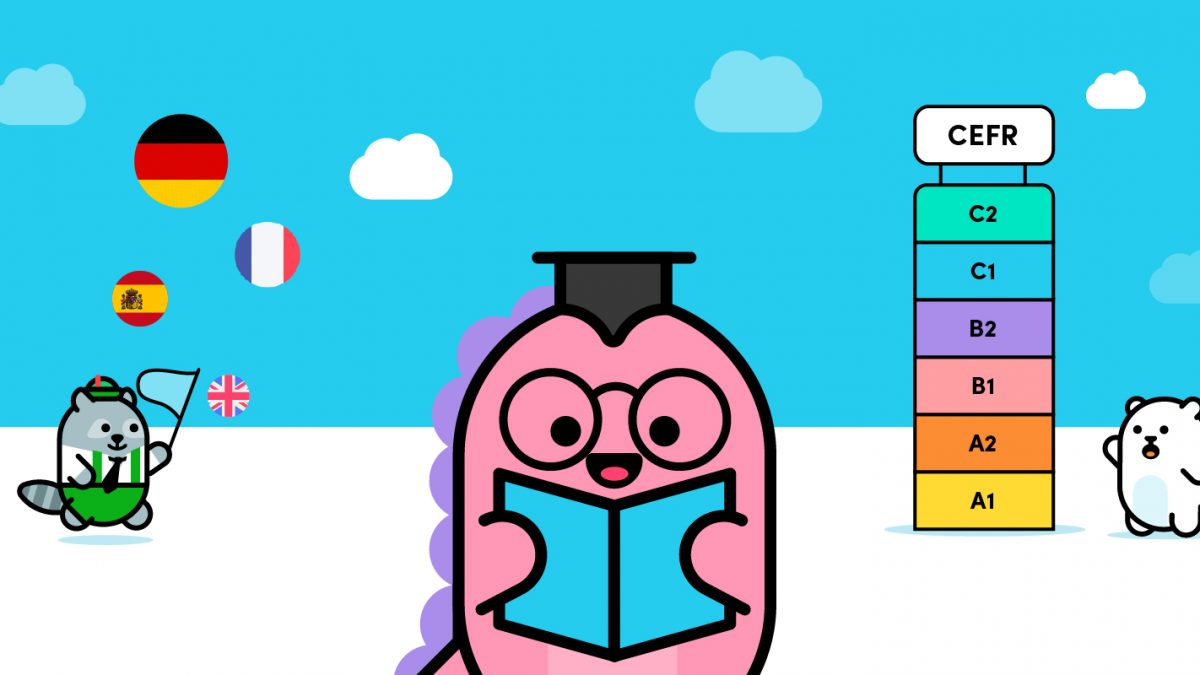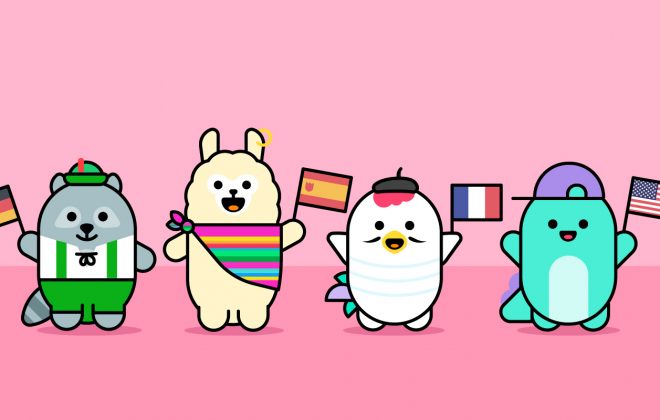How to Talk about Language Learning
One of the most difficult parts of learning a new language, especially if you’ve never done so before, is having a good idea of just what exactly it is that you’re in for. Here we’ll take a look at the various stages of language learning and how many European language teachers talk about these stages.
To many people (Americans especially) you either know: a) none of a language, b) a little of a language or c) you are fluent. There is actually, however, a vast spectrum of language learning stages that everyone goes through on a journey from learning their first word to being comfortably fluent.
I feel that knowing how to talk about language learning is valuable when you’re planning to tackle a new language. There is a long journey between knowing a little of a language and being fluent. If you’re not prepared for this journey, it can seem like you’re not making progress on the way.
So let’s take a look at that what this trip will look like, what you can expect to do at each of the different stages along the way and how long it will generally take to reach each point.
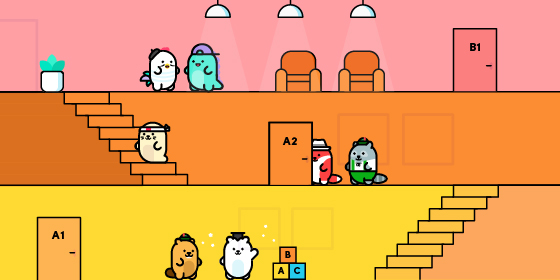
The CEFR Scale
While there are many language proficiency scales and testing services that all have their own systems, I find it pretty valuable to talk about language stages using the 6 point scale referred to as the Common European Framework of Reference for Languages, or the CEFR scale (I pronounce this “See-Fur”). It’s simple, widely recognized throughout Europe, and pretty easy to follow.
In the CEFR scale, there are six stages of language learning – A1, A2, B1, B2, C1 and C2.
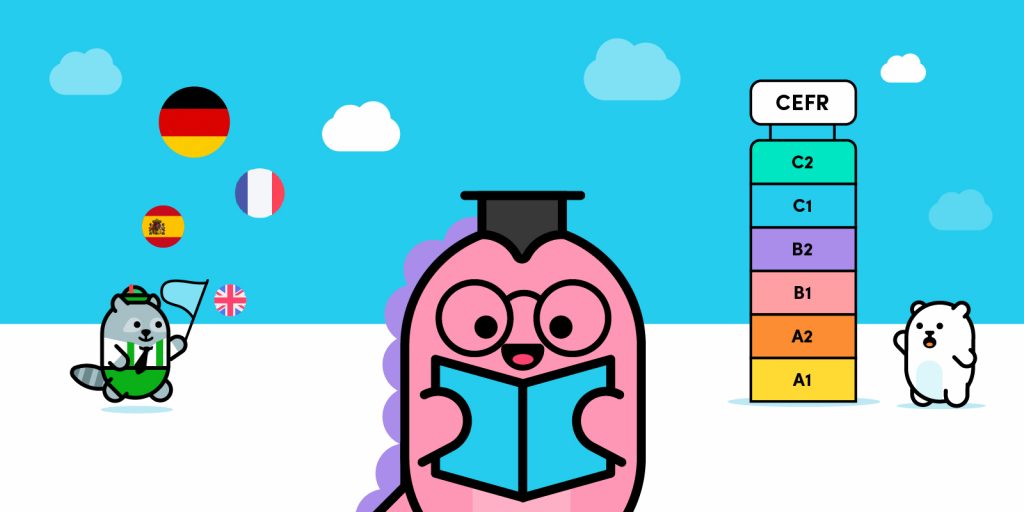
In a nutshell, the A levels are beginning speakers, the B levels are intermediate, and the C levels are advanced. Let’s take a closer look.

Level A1: Super Beginner
“Hulk Smash” – the Hulk at A1
When you reach the A1 level, you will have a rough working vocabulary of about 700 words. Some will be derivatives (“run” and “running”), some you will be able to recall quickly and others only slowly and with a lot of effort, but it’s a good ballpark number.
Grammatically, you should be able to understand some really simple past and future constructions, some comparatives and superlatives (“this is larger than that”, “this is the biggest”), basic questions, modal verbs (“could”, “should”) and a little more, but overall it’s pretty basic. The ability to consistently produce all of this is even more limited, if you can produce many coherent sentences at all.
Now, 700 words and superlatives may sound like a lot, but in a spoken language, it’s a surprisingly limited set. You’ll be able to explain simple things in a very basic way and interact with native speakers only if they really are willing to slow down and work with you.
This is a super important point. At A1, you’re not having really sophisticated conversations with people. Think Paulo, Rachel’s Italian boyfriend from the first season of Friends. Or, from another of Jennifer Aniston’s former love interests, Brad Pitt’s Italian in Inglorious Basterds. Perhaps the Hulk from the Avengers movies. Hulk smash. You can get things across, but it’s not going to be easy on anyone involved.

It will take you about 80-120 hours of work to get here from zero, depending on what you count and how you do it. For example, if you take an Alliance Française intensive course, it’s 80 hours of class time plus probably another 20-40 hours of home study, which can be done in four weeks, but that’s all day, every day. If you’re spending maybe an hour a day on it, it will take closer to four months or so.
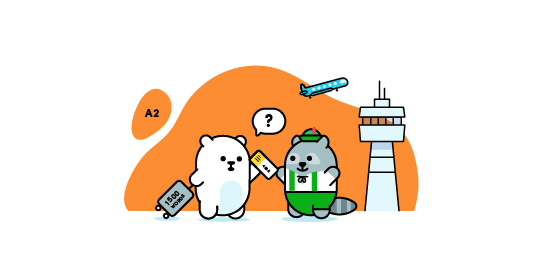
Level A2: Slightly Less Beginner
“the Hulk likes to smashes things” – the Hulk at A2
When you reach the A2 level, you should have a working vocabulary of about 1500 words and far more grammar than at A1.
Here you can have some real conversations, but they’re still simpler and every sentence is sprinkled with “um’s” while you search for the word. Now you can talk very basically about your family, your past, a movie you saw, your favorite foods, things like this. You’re still pretty dependent on your speaking partner slowing down and working with you a lot, but it’s not quite so painful for them.
Think maybe Tom Hanks’s English around the end of The Terminal.
It will take about another 100-150 hours to get here from A1 so let’s say 250 hours from absolute zero. All of these estimates are for somewhat similar languages like English to Spanish, French or Dutch. At an hour a day, this means about 8 months of work from zero. If it’s 4-6 hours a day, we’re talking about 3 months total.
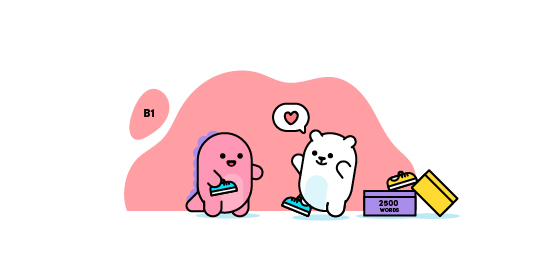
Level B1: Intermediate
“Both the advantages and disadvantages of being the Hulk is the constantly need to smash things” – the Hulk at B1
At B1, you’re getting more comfortable. You now have a working knowledge of around 2500 words total, maybe half of which you can recall and use pretty quickly. This makes conversations much more fluid generally.
You’ll still hesitate if it’s a topic you haven’t talked about much, but this is where you can start going into stores or ordering at restaurants and it’s not much of a burden on the people working there. You can read simpler books or read a good amount of newspaper articles if you know the context. You can even watch TV if the subtitles in the target language are on – it’s still pretty rough without them.
Think Dev’s Italian in season two of Master of None. Or maybe Colin Firth’s Jamie proposing to Aurelia in Portuguese at the end of Love Actually. They’re not totally fluent, but it’s not a huge struggle to understand what they’re getting at or generally communicate with them.
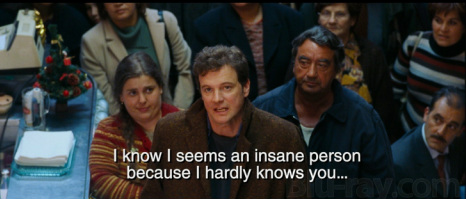
Reaching B1 from A2 takes about 200 hours, so you’re looking at roughly 450 hours of work from scratch. At one hour per day, this is about 18 months of work total. If you’re working at it full time in a program, you can probably get here in about 4 or 5 months.
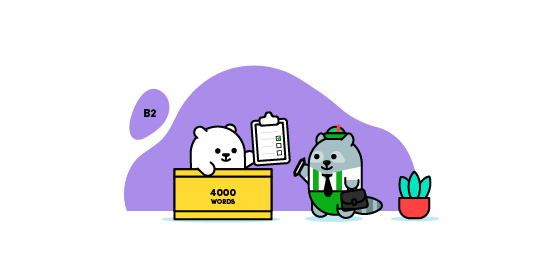
Level B2: Basic Fluency
“Being the Hulk is difficult, because although I don’t want to smash things, it’s quite hard for me to resist the urge to” – the Hulk at B2
Reaching B2 is generally considered by most people as having basic fluency. You’ll have a working vocabulary of around 4000 words.
It’s not always effortless and it’s not always perfect, but neither you nor your native speaking partners are having a really hard time in most circumstances at this point. Conversations about wide ranges of things are pretty easy for everyone involved. Most television or movies in the target language are understandable.
Think of Massimo, Jennifer Lopez’s unrequited Italian courtier from The Wedding Planner, or maybe Jackie Chan in Rush Hour. You’re perfectly understandable and you don’t have issues understanding what native speakers are saying, even at the speed of a Chris Tucker.
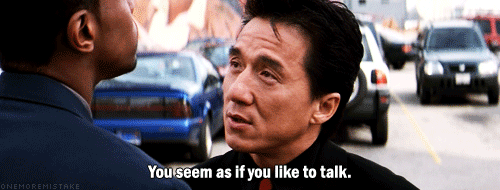
Getting to B2 from B1 is another 200 hours probably, making it about 650 hours from zero. At one hour per day, this is nearly two years of work if you’re starting from scratch. With intensive language courses, missing nothing, and taking courses 4-5 hours every day plus a ton of homework, this is still 28 weeks (7 months) of work.
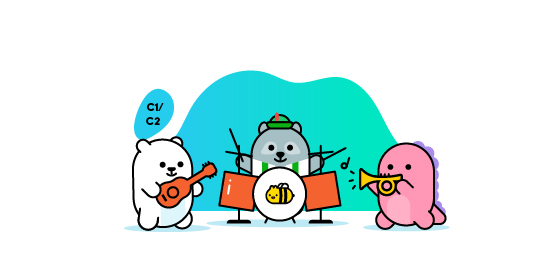
Level C1 and C2: Advanced Fluency
“When we really consider the etymology of the word Hulk, is it at all surprising that he defines himself by the destruction of the objects that surround him?” – the Hulk at C1
I’m combining these levels into one description because they’re shades of fluency. A C1 speaker rarely has to search for a phrase, has full grammatical knowledge, knows idioms, can read technical papers, etc. A C2 speaker has essentially the grammar and vocabulary grasp of a native speaker.
Often at the C levels, learners will dig into a specific topic more, such as legal, scientific or business specific language skills.
Think Christoph Waltz’s English in Inglorious Basterds. Not really native, but super close.
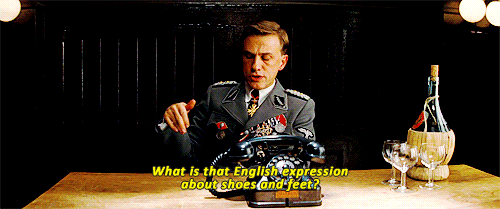
The time it takes to progress through the C levels vary based on what your specific goals are and how you’re working your way there. The Goethe Institut says it takes about 1000 hours of total class time to reach C2, so maybe another 300 hours after you’re done with B2. From scratch, 1000 hours means about 4 years of being in class for an hour every single weekday, plus studying time.
If you did it absolutely full time, in a classroom or with a tutor just about all day, every day, you could probably get to C-level language proficiency from scratch in about a year of constant work.

Reaching Your Goals
Of course, all of these estimates are based on various assumptions – it will take longer to reach these levels in languages that are more dissimilar from your native language. Learning Portuguese if you know Spanish will probably take much less time, whereas learning Japanese if you only speak English may well take twice as long as what we’ve talked about here.
The main point is that it takes a long, long time with a lot of work. There is no shortcutting this. There are many organizations and governments who have worked for a very long time to make this process more efficient and it’s just not possible to get to these levels a whole lot faster.
If someone is telling you that they hold the key to becoming fluent in a few months, they generally mean by working 8 hours a day. If they say you can learn a language in only a few minutes per day, their definition of “language learning” is probably different from what we’re talking about here – a complete lack of verbal production or listening skills perhaps.
What is possible for nearly everyone, however, is reaching these milestones if you plan and put in the time. Also, people can get to these levels at different rates. I’m giving good ballpark estimates, but your journey to each level depends on how and how often you study and practice and what your motivation is.
If you want to learn a new language, figure out what your goal is.
If it’s to pass for a native speaker, you have a decade of work in front of you. If it’s to relatively effortlessly understand or produce everything in the language, you have a few years of work to do. If it’s to have simple conversations in fallback circumstances, you have a few months to work to do.
Determine your goal, make your plans, and start down your path. It’s entirely achievable and the journey itself is fun and interesting the entire time as you immerse yourself deeper and more complexly into a new culture.
